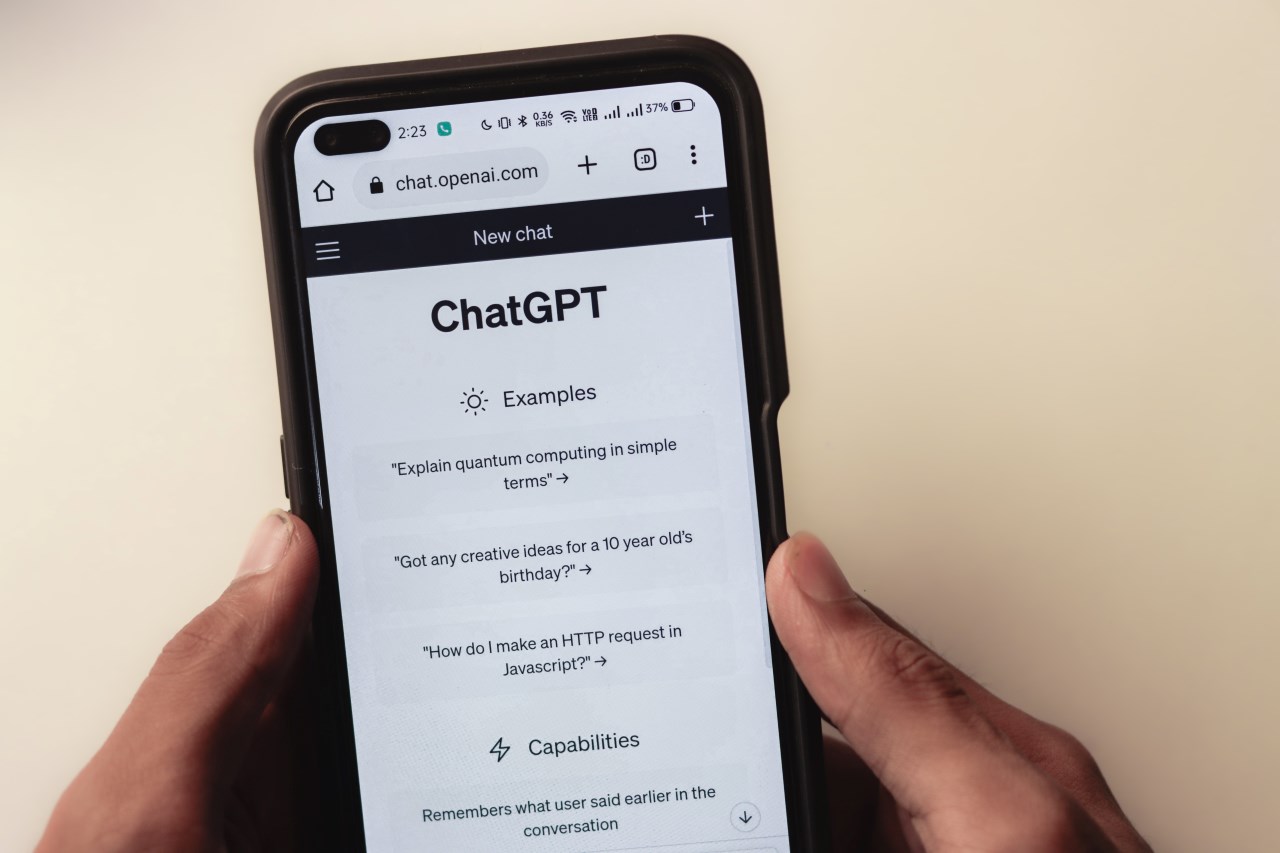Menu


Artificial intelligence advances very fast and it is normal that you are not clear about the differences between the latest versions of the famous GPT Chat. The latest update includes a substantial improvement in the answers, being more truthful and creative, offering a better experience. In addition, it incorporates the ability to process visual inputs.
You may also find it useful to learn how to detect AI-generated text.
The distinction between ChatGPT and the GPT-3 and GPT-4 versions is critical for organizations looking to take full advantage of artificial intelligence in their operations.
ChatGPT is not simply a version of GPT, but a specific adaptation of the GPT architecture to generate responses in a conversational format. It is designed to deliver seamless and consistent interactions, which is essential for companies looking to improve the user experience through chatbots and virtual assistants.
GPT-3 represents the third iteration of OpenAI’s Generative Pre-trained Transformer series. With its large number of parameters, it has offered companies unprecedented text generation capabilities, opening the door to applications in automated writing, customer care and more.
GPT-4, the successor to GPT-3, takes natural language processing capabilities to a whole new level, as well as integrating image understanding. With a larger and more refined architecture, it promises to deliver even more accurate and relevant results for business needs.

Technological advancement is a constant journey towards improvement and perfection. The transition from ChatGPT-3 to ChatGPT-4 illustrates this journey, highlighting significant improvements that further enhance the capabilities of artificial intelligence. Let’s look at these differences in detail:

The evolution from ChatGPT-3 to ChatGPT-4 is not simply a numerical leap, but a significant transformation in terms of accuracy, functionality and security. For companies looking to stay on the cutting edge of technology and offer advanced solutions to their customers, adopting and adapting to the capabilities of ChatGPT-4 is essential.
It’s not just about adopting the latest technology, but understanding its capabilities and how they can be fully leveraged to benefit your organization. As we move forward in the digital age, adaptability and a willingness to learn will be key to staying relevant and successful. It is essential to invest time in understanding these tools and training teams properly to get the most out of them.
If you want to know how we can help you with Artificial Intelligence, don’t hesitate to contact us:

Compartir en Redes Sociales
© Raona 2023. All Rights Reserved